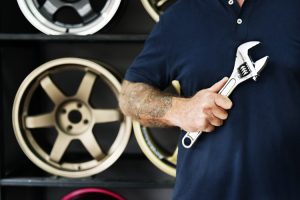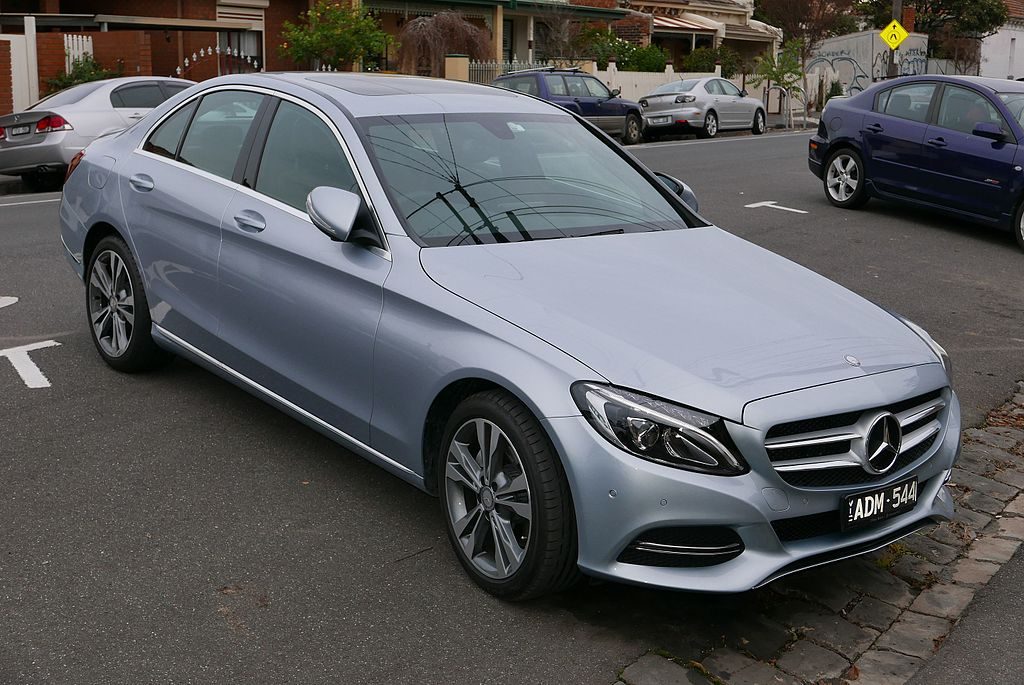We will tell you some things about damaged vehicles. But before we get to it, we’ll talk about costs and other things. Some people have to work long hours to make good money. Some other people are fortunate enough to belong to a wealthy family and not have the need to work hard. Maybe not even work at all, to acquire whatever they dream of.
Tag: salvage cars
Salvage Car – How To Get The Perfect One For Your Kid (Or Anyone, Really)
Who can ever forget their first car? I know I wish I could. If I had better guidance or a little more knowledge 15 years ago, I bet my opinion about my first vehicle would be different. Way different.
Best Salvage Cars Under Five Thousand Dollars

The listicle is a “short-form of writing that uses a list as its thematic structure, but is fleshed out with sufficient copy to be published as an article“. You may recognize this type of article as one of the “Top Ten” lists that are widely shared on social media.
Winter Is Coming… Relation Between Winter And Salvage Cars
Some weather conditions can get pretty extreme in the United States, helping increase the number of salvage cars dramatically. The winter brings many factors to the table that help the number of salvage cars in the market up, specially hail damaged cars.
Do Your Homework – Inspect Salvage Cars Before Buying

You’ve probably heard about wrecked cars that are sold at auctions for much less than the market value of cars of the same model and year. Salvage title cars announce to potential buyers and the world that the vehicle has been involved in an accident and/or has suffered substantial damage to the point the insurance agency has paid the claim and written off the car. If you are trying to get a bargain, you can buy one of these cars and repair it Many of these cars are repairable. But, in order to do so, you need to carefully inspect salvage cars you are looking into buying.
Where To Find Salvage Title Cars
Once you have decided to go the salvage car route, you can register at one of the sites that sells junked cars online to buy yours. Copart has auctions all over the country with hundreds of thousands of cars on the auction block daily. While usually reserved for wholesalers and car dealers, there are brokers, like SalvageReseller.com, who will bid on your behalf or let you bid on your own without the need of a dealer’s license.
Personally Inspect Salvage Cars You Are Looking Into Bidding On
The first step is to make sure you know what you are bidding on. Ideally, you should inspect the car personally. That way, you can get a much better idea of what the condition of the car is. Even to the untrained eye, there are things that can become apparent in person that won’t appear on a photograph, no matter how detailed it is. Look to see if the car has been in a flood. Is there moisture in the instrument panels? Does the interior smell moldy – or does it smell like a lot of air freshener has been used? Look for rust on parts in the interior, trunk and engine compartment.
Always Have A Mechanic Inspect The Salvaged Car

More importantly, have a certified mechanic with you. They will give you a better idea of what the damage is, and an estimate of what it would cost to fix with full parts and labor. Use that as a benchmark to guide you. By doing the work yourself and sourcing the repair parts, you will end up saving more money. A mechanic will give an estimate of what the repairs would cost at retail prices. Many of these cars are repairable. Some aren’t. You need to carefully inspect salvage cars you are looking into buying to make the determination for yourself.
What the mechanic tells you about the actual condition of the vehicle is critical. The mechanic will also look at different car components and see failures or damages that have not been revealed in the catalog description. Autobody technicians can be of great help because they have experience tearing down all sorts of vehicles in different conditions.
It is very possible that the car you want is not available near you. But that shouldn’t matter, because you can always hire a third party inspector to go look at the car for a fee. They are usually listed on the same sites that let you bid remotely. Be sure to ask the same general questions, such as “How bad is the body damage up close? Are there any components that could be close to failure?”. Ask all the questions you need to make you feel safe about the purchase.
Play Detective With Salvage-Titled Vehicles

The Vehicle Identification Number (VIN) of the car is usually available before the auction even begins. Run a check with one of the paid services before you buy this salvage vehicle. Also, there are more limited services like the one offered by the Department of Justice, in addition to this one offered through an insurance consortium and vehiclehistory.com. They give you snapshots of the cars’ history include whether they were stolen, among other things. Some will also tell you in what state(s) the car has been titled in. However, some damages might not be in the free reports, so make sure to use at least one paid service if you want a more detailed and thorough report.
Look For Insurance And Police Reports
See if you can get the estimate from the insurance company that is selling the car. Often times that is a great source that will tell you exactly what was damaged in the collision. Also, get a police report, if it was in a collision or if it was stolen. That can give you more clues to the extent of the damage and the circumstances around the theft or collision. You can usually request that by contacting the police department where the accident occurred. They might charge you a fee, but it is definitely worth it. What you are getting here are the pieces to the puzzle. What exactly happened to this car for it to be declared a total loss? The fewer issues it has, the better for you as the person who is going to fix it.
Once you start doing this kind of due diligence you will feel better about whether you bid or not on the car you are looking at. Start searching salvage cars by brand and register to bid at
SalvageResellers.com
Photograph Repairs To Your Salvage Car

So you bought that salvage title vehicle at auction. The next step after you get the car is to make the repairs. Your goal is to get the vehicle roadworthy, and for that to happen it must pass inspection. You might need to photograph repairs to your salvage car Maybe your state is one of those that requires you to submit before and after photographs of the build. A friendly reminder: ALWAYS check your state’s regulations and the titling process. This article is purely informational and it’s not meant to be a comprehensive guide on what you need to submit to local authorities. That is something you need to research on your own.
All I Want Is A Photograph
Among the States that require before and after photographs of your vehicle are New Jersey and Connecticut. Let me add that even if your state doesn’t require photographs, it is a good practice to document your build. You can certainly try to provide pictures to supplement what you submit to inspectors. It might be useful to them while inspecting the car and potentially help your case.
You will need photographs, before and after the repairs take place. Usually, they have to be color photographs and “must be clear and cannot cut off any portion of the vehicle.”
New Jersey Salvage Title Inspection specifically requires:
At least 1 photo of the entire front and left side of the vehicle (before and after repairs). At least 1 photo of the entire rear and right side of the vehicle (before and after repairs). Note: If repairs were started before pictures could be taken, a damage report from your insurance company is required. This report will substitute only for the before photos.
How To Get A Salvage Car Ready For The Road Again – Part 1
Salvage Title Automobiles
is one that has been written off by the insurance company because the cost to repair the salvage car exceeds its estimated value. This will vary from state to state, but for the most part, that number is over 60% of the value of the salvage car. At that point, the insurance company will write-off the car, pay the claim and request a salvage title for the car.
How To Get A Salvage Car Ready For The Road Again – Part 2
In part 1, we told you about how to prepare for the inspection process for repaired salvage cars. In Part 2, we will talk about the actual inspection.

The Inspection Process For Salvage Cars
Once the owner of the salvage title car or truck has repaired the car and taken the photographs, it is time to assemble the documents, showing where each major component used in the repair was sourced from, and go to the actual inspection. Depending on the jurisdiction that can mean going to a repair shop that is authorized by the state to do the inspections, or it can mean some sort of governmental entity or officials. For example, in the case of Michigan, inspectors are law enforcement officers from the county the owner resides, as is the case with Wisconsin, where the certified salvage title inspector is a law enforcement officer.
Every state requires proof of the origin of major components and parts used in the build. That includes the VIN number of any donor vehicle. Major components, as defined by the State of New Jersey, are:
Engine Transmission/Transaxle, Front Bumper, Rear Bumper, Each Quarter Panel Decklid, Tailgate, Hatchback Roof (Including T-Tops) Cowl Nose (fenders, hood, bumper, radiator support) Front clip (cowl, frame section, shock, and apron structure)
Take the Hassle Out of Buying a Car
 Not every vehicle that an insurance company labels as a total loss after an accident is in bad condition. In fact, you can find some great deals on cars that have only minor damage at a salvage auction site. Here, you can find a large selection of cars that you can use for parts or even to drive!
Not every vehicle that an insurance company labels as a total loss after an accident is in bad condition. In fact, you can find some great deals on cars that have only minor damage at a salvage auction site. Here, you can find a large selection of cars that you can use for parts or even to drive!


